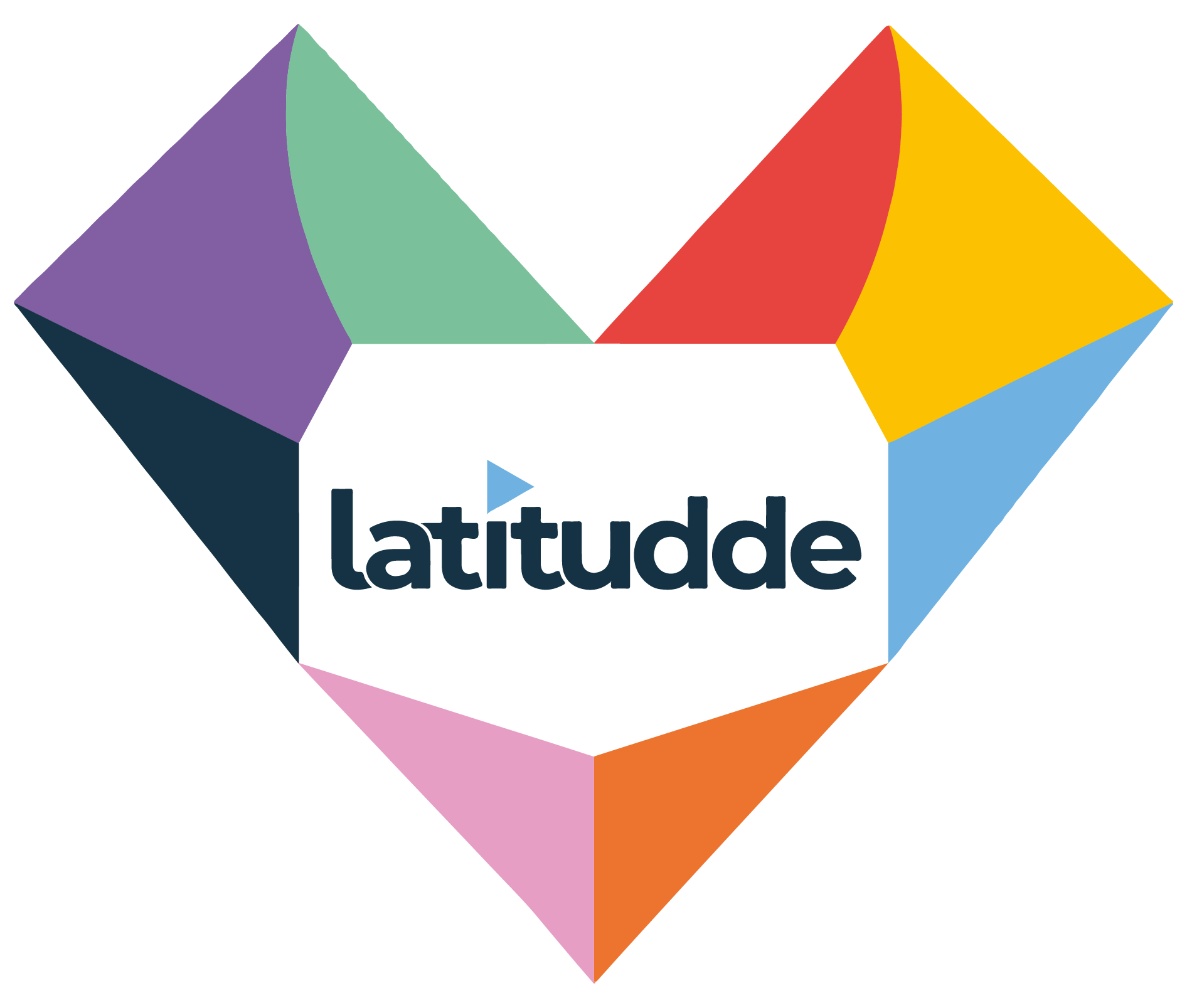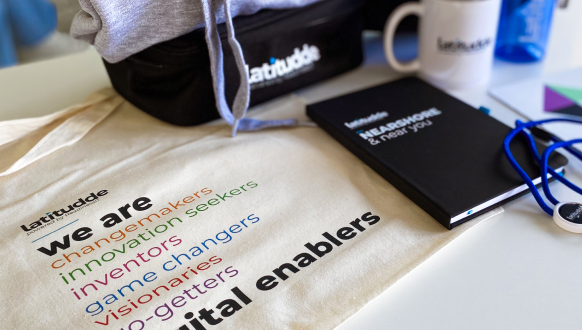We know successful brands always stay one step ahead. For most people, that might seem a miraculous factor they can’t explain.
But it’s no miracle. The vision required to keep a brand not only afloat in a sea of competition, but ahead of all others is usually reflected by an outstanding analysis of the market and top-notch visuals that translate the brand values.
As technology continues to evolve, so do the marketing strategies that companies are using to stand out in their respective industries. With the rise of digital tools and platforms, brands now have unprecedented access to their customers and new opportunities to engage with them.
In this article, we will spot the longest-lived trends – the ones that address global and long-term business goals.
The old-timers that worked yesterday, which we still relate to today and will surely work tomorrow.
We don’t care about temporary-flashy-immediate gratification trends because, in the long run, they don’t represent the true personality of the brand (unless that brand has multiple a few of them).
Why do long-term trends work? Because they solve real problems, for real people – and guess what? Probably, they are a lot like your problems. When targeting the strategy for your own company, see if you can relate to the trends below:
1. Brand Activism
Like every trend that relies more on ideas than style, this trend is a potential keeper with a long future ahead of it. Of course, brand activism exists since the dawn of time, but with social media and the “information now” era, it is trending now more than ever.
“If you stand for nothing, you will fall for anything”. – This should be on every brand core and should rely on this principle for its values and mission.
Curiously enough, we see on this trend a lot of “one-hit wonders” as part of its design identity – using the colours of Ukrain, LGBTQ+ rainbow, etc.
But they all mean the same: we care. We care about people, sustainability, mental and physical health, and social issues.
Brand Activism in design:
- Around a specific idea.
- People relate to a common cause.
- Has emotional visuals, storytelling, or powerful slogans.
- Solves human problems in pursuit of admirable goals.
- Motivates and engages the user (makes them want to start belonging to that tribe)
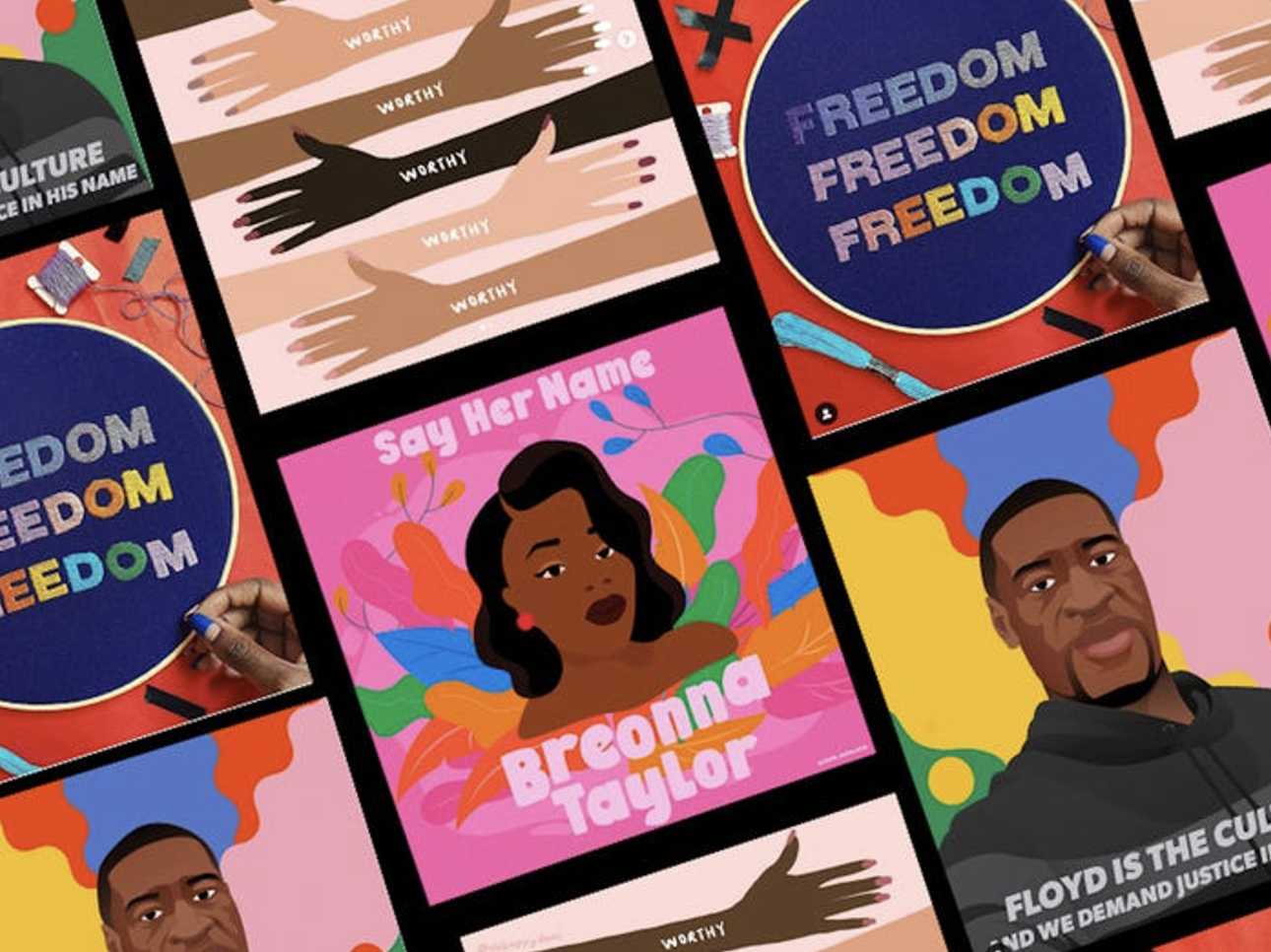
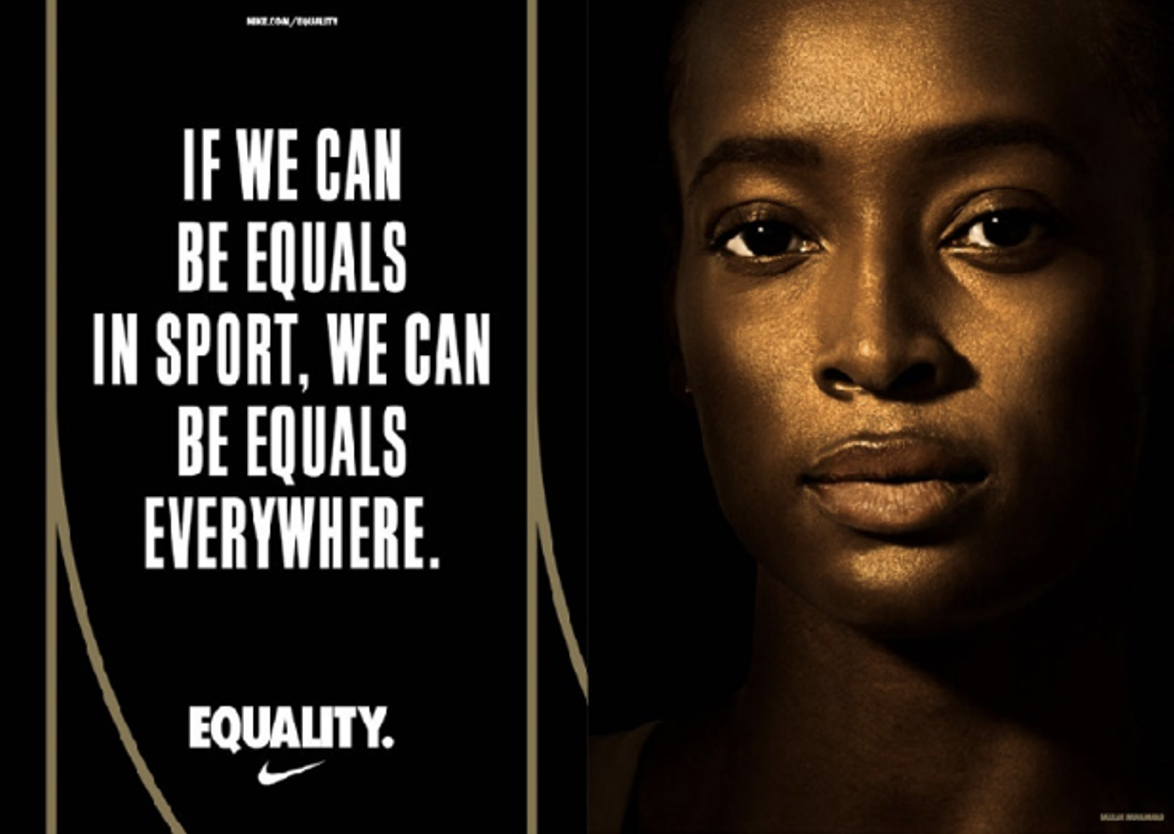
2. Is it responsive?
We all know how important responsive design is. We move from our computers to our mobile phones as quickly as Flash.
Responsive web design is essential in creating a positive experience for users. Happy users are more likely to turn into subscribers, leads, and paying customers. Having a responsive experience is one of many ways to ensure users have a positive experience with your digital brand.
However, how about responsiveness in Branding?
If you still have no idea what responsive branding is, check this website and have fun with all the different possibilities from well-known brands before start designing your own: http://responsivelogos.co.uk
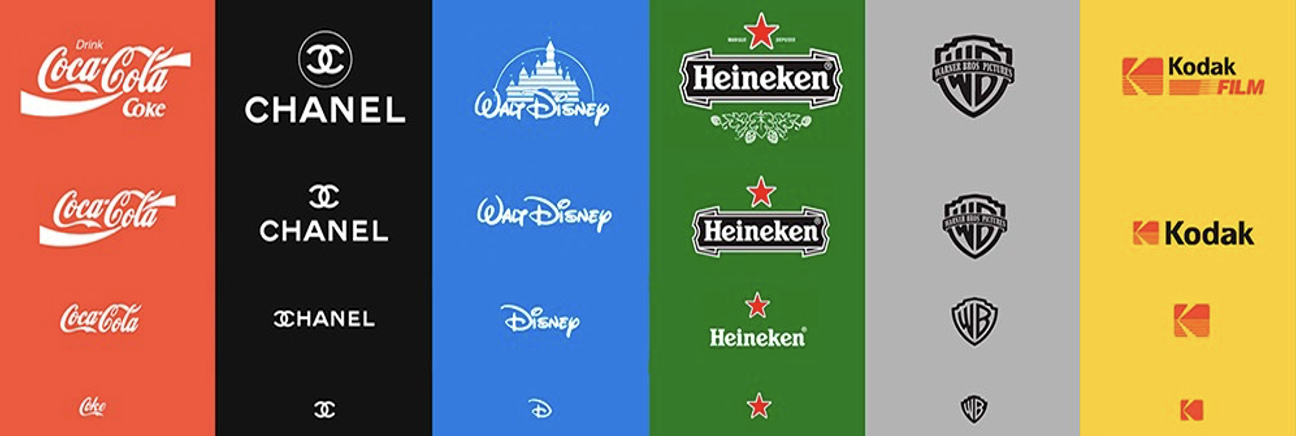
3. Storytelling
This is the longest-trend ever invented and it’s still rocking.
Consumers are increasingly looking for more than just products and functionalities when they interact with a brand. They want to be part of the story that the brand is telling.
Nowadays, we treat brands as people – with personalities, values, and tones of voice. And like any other human, brands rely on their own stories to find their tribe (aka convert leads).
Storytelling is so important because is the act of using an emotion-evoking narrative to connect your brand to customers, with a focus on creating empathy by linking what your brand stands for with the values you share with them.
I bet you get goosebumps when you hear a Nike ad, or emotional with a Christmas campaign showing people who have less.
That is the true power of a brand – the key to telling powerful stories that develop an emotional resonance with your audience.
When it comes to Design, this area is the foundation of every brand’s story:
- Brand identity (symbol, typography and logo)
- Customer experience of the product/service
- Website
- The way complex information is organized and delivered in the simplest of ways – everything lies here.
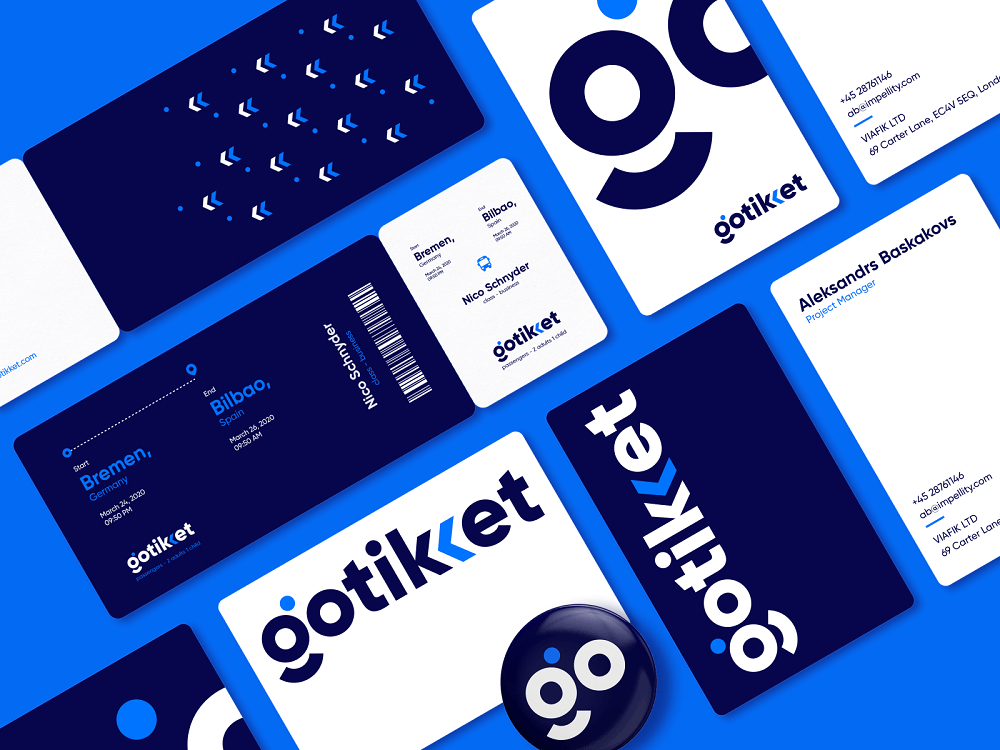
4. Universal Design (Inclusion & Tolerance)
As companies go global and expand not only their customer base but also their remote employees, they gain access to different cultural, religious and social backgrounds.
Universal design offers great opportunities to attract more customers, increase sales and retain talent when these values are already part of the company’s culture.
To build a tolerant brand, we need to study the cultural preferences and needs of users to honestly empathize with them while trying to solve their day-to-day problems.
This inclusive trend shows people that different body sizes, tones of the skin or different social backgrounds make a company richer instead of keeping it behind.
A tolerant and inclusive brand design cares about users:
- It is readable,
- Has customizable fonts for the visually impaired,
- A colour palette geared towards colourblindness
- High-contrast/Bigger images for the elder, to name a few
And this trend is the motto of our final one:
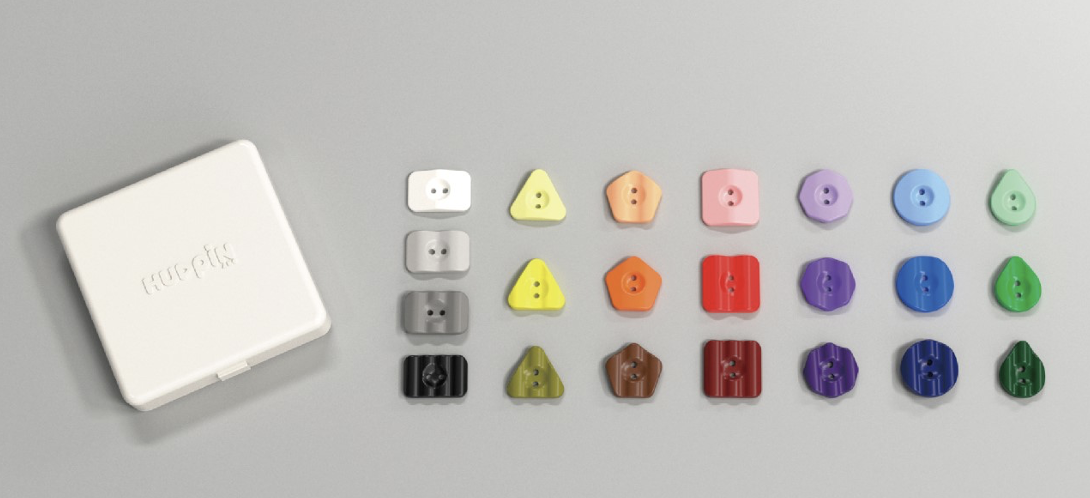
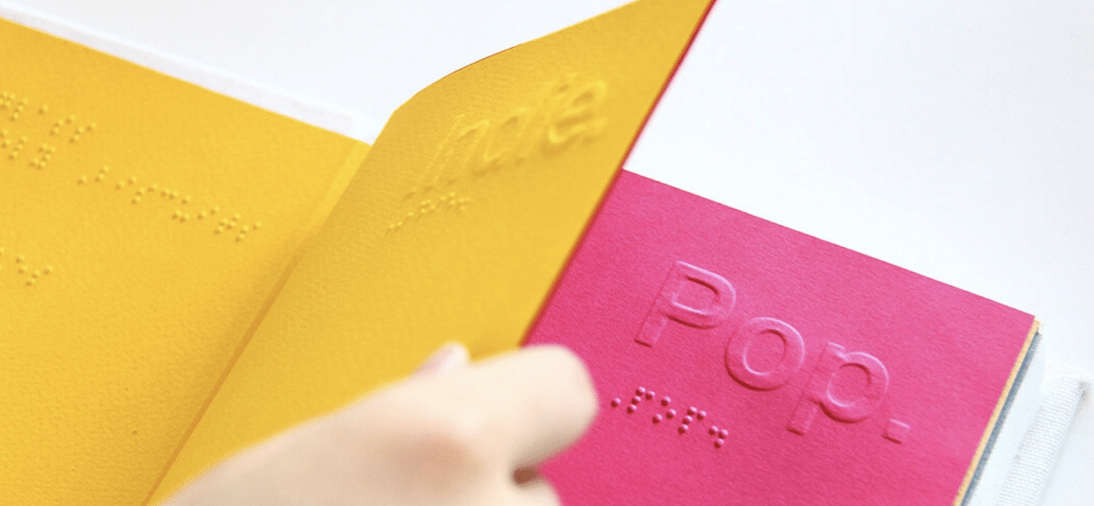
5. Personalized Experiences
Ultimately, every person in the world wants to feel loved and special.
Brands should develop a deep understanding of their consumers and create personalized experiences for them. This could involve using data and analytics to gain insights into customer preferences and needs, as well as personalized marketing campaigns that are tailored to each individual.
A good example of this trend (that will certainly last) is Netflix and their machine learning personalized recommendation experience.
Every dashboard is different according to your interactions with the service – viewing history, searches, ratings and even other members’ choices that have similar tastes and preferences.
Same with Spotify or Youtube daily playlists or even Amazon with daily promotions.
Personalization is everywhere and brands win every time they make their clients feel unique.
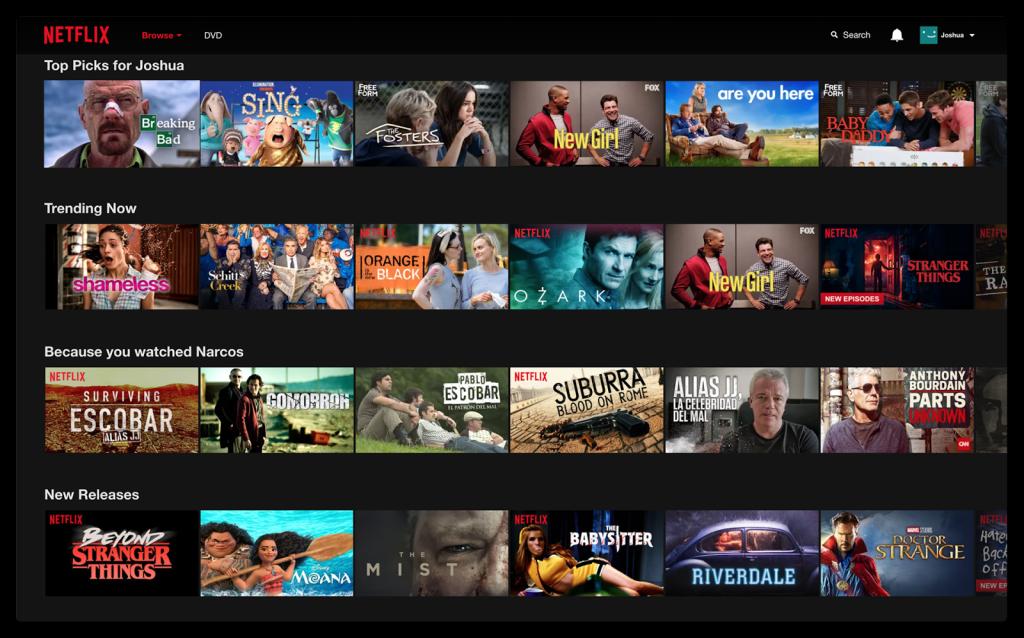
These are just a few of the trends that we anticipate will be popular in 2023 – some will continue their long journey as they keep defining core values, while others are meant to reach customers in a fast and idyllic way.
But we know one thing for sure: as technology and AI continues to evolve, brands must stay ahead of the game and continue to innovate to remain relevant.
Written by: Sofia Martins, Brand & Design Manager
